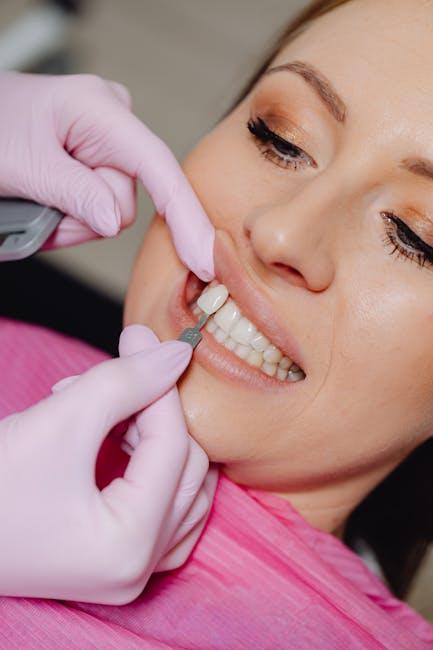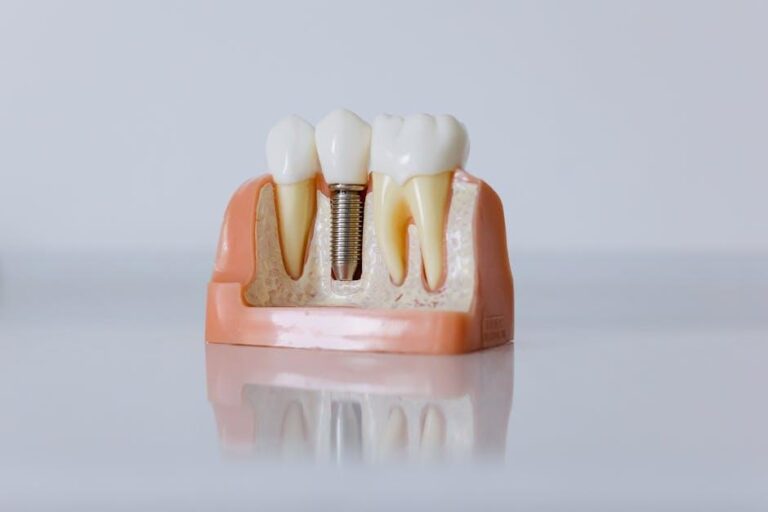
Cosmetic Dentistry – Dental Economics: Enhancing Smiles & Practice Revenue
Cosmetic dentistry has evolved beyond mere aesthetics to become a booming sector in dental economics. With increasing awareness and demand for smile makeovers, understanding the interplay between cosmetic dental treatments and their economic impact is essential for dental professionals and patients alike. This comprehensive article dives into the world of cosmetic dentistry, exploring its benefits, cost factors, practical tips, and how it plays a pivotal role in shaping dental practice revenue.
What Is Cosmetic Dentistry?
Cosmetic dentistry focuses on improving the appearance of teeth, gums, and overall smile. Unlike restorative dentistry, which is primarily about treating oral health issues, cosmetic procedures aim to enhance aesthetics, boost confidence, and improve patients’ quality of life.
Common cosmetic dental procedures include:
- Teeth whitening
- Dental veneers
- Dental bonding
- Invisalign and clear aligners
- Dental implants
- Crown lengthening
- Gum reshaping
The Economic Impact of Cosmetic Dentistry
Cosmetic dentistry is a high-growth sector within the dental industry. Its economic impact can be seen both from the patient and dental practice perspectives. For patients, investing in cosmetic dental treatments can mean increased confidence and social advantages. From a dental economics perspective, these procedures often command premium prices, contributing significantly to practice revenue.
Revenue Generation for Dental Practices
Practices offering specialized cosmetic services often see higher profit margins than those focusing on general or preventive care alone. This is due to several factors:
- Higher Procedure Fees: Cosmetic treatments like veneers or implants come with elevated price points.
- Patient Retention: Patients who undergo cosmetic work are more likely to return for ongoing maintenance.
- Cross-selling Opportunities: Practices can recommend complementary treatments that enhance results.
- Brand Differentiation: Offering cosmetic services can position a practice as a premium provider.
Cost Factors in Cosmetic Dentistry
The financial commitment of cosmetic dentistry varies widely based on procedure type, geographic location, dentist expertise, and materials used. A clear understanding helps patients make informed choices and aligns expectations.
| Procedure | Average Cost (USD) | Typical Longevity |
|---|---|---|
| Teeth Whitening (In-office) | $300 – $600 | 6 months – 2 years |
| Porcelain Veneers (per tooth) | $900 – $2,500 | 10 – 15 years |
| Dental Implants (per implant) | $3,000 – $5,000 | 25+ years |
| Clear Aligners (Full treatment) | $3,000 – $7,000 | 1 – 2 years |
Benefits of Cosmetic Dentistry
Cosmetic dentistry provides both tangible and intangible benefits that go beyond mere looks:
- Improved Self-Esteem and Confidence: A brighter, straighter smile can transform social and professional interactions.
- Better Oral Health: Some cosmetic procedures encourage better hygiene and function, indirectly promoting healthier teeth and gums.
- Long-term Cost Savings: Addressing dental flaws early through cosmetic methods can prevent more extensive restorative treatments later.
- Customized Solutions: Modern cosmetic dentistry is highly tailored, ensuring results that fit patient goals and facial aesthetics.
Practical Tips for Patients Considering Cosmetic Dentistry
Investing in cosmetic dental procedures requires careful planning and informed decisions. Here are key tips for prospective patients:
- Consult Multiple Providers: Different dentists may offer varied treatment plans and costs.
- Understand Maintenance Needs: Some procedures require ongoing care to maintain results.
- Prioritize Quality Over Cost: Cosmetic dentistry affects your appearance and function — never compromise on safety or skill.
- Ask About Financing Options: Many practices provide payment plans or third-party financing to ease upfront costs.
- Check Before and After Photos: Reviewing a dentist’s portfolio can give insight into their expertise.
Case Study: Transforming a Smile with Porcelain Veneers
Sarah, a 34-year-old marketing professional, came to her dental practice troubled by chipped, stained front teeth diminishing her confidence. After a thorough consultation, her dentist recommended porcelain veneers for a complete smile makeover.
Procedure Highlights:
- Initial consultation and smile design using digital imaging
- Minimal enamel removal to prepare teeth
- Custom-fabricated veneers matched to her skin tone and facial structure
- Final placement with permanent bonding
Results: Sarah reported a dramatic boost in confidence, engaging more boldly in social and professional settings. The practice saw increased referrals due to her visible smile transformation.
The Future of Cosmetic Dentistry in Dental Economics
With technological innovation and patient demand accelerating, cosmetic dentistry is expected to grow exponentially. The incorporation of AI diagnostics, 3D printing, and tele-dentistry will provide new avenues for cost-efficient, customizable care. For dental practices, staying abreast of these advances and patient expectations will be essential to capitalize on this lucrative market segment.
Conclusion
Cosmetic dentistry represents a dynamic intersection of artistry, science, and economics within the dental industry. It delivers profound benefits to patients by enhancing self-confidence and oral health while generating significant revenue streams for dental practices. By understanding the cost structures, benefits, and practical approaches to cosmetic dental care, patients can make well-informed decisions, and practices can strategically strengthen their offerings. As technology evolves, the role of cosmetic dentistry in dental economics will only become more prominent—promising brighter smiles and prosperous practices alike.


